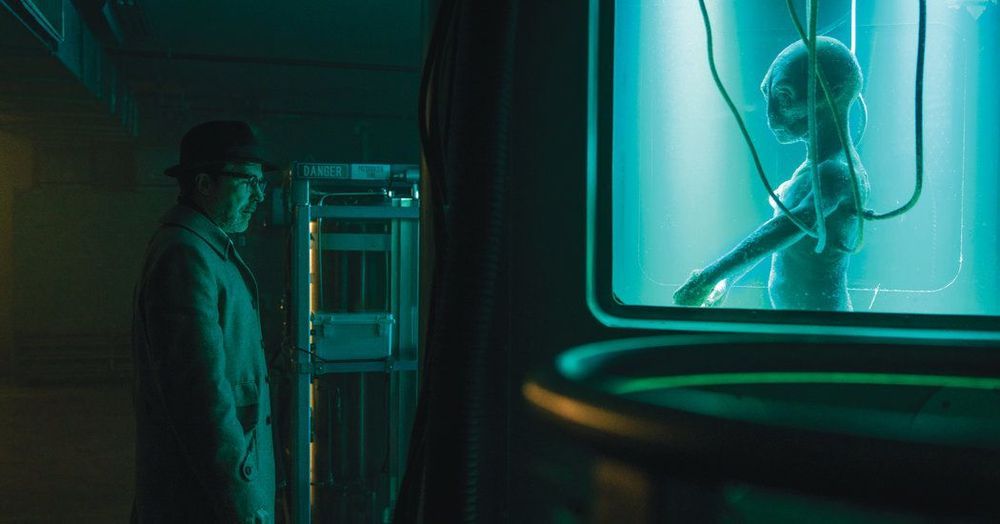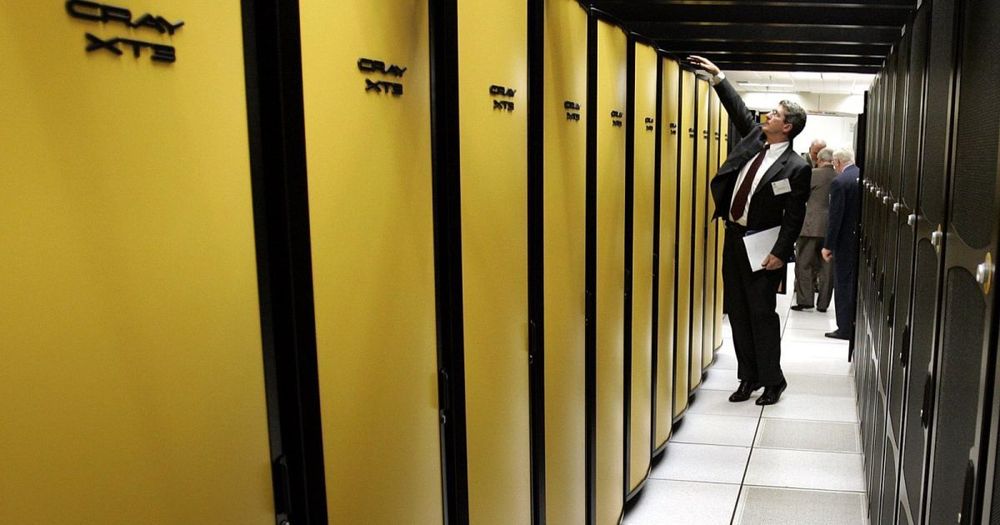The most essential Pentagon suppliers will be the ones that master robotics and artificial intelligence.
Look across the Potomac River toward Rosslyn, where the corporate logos of government contractors crown a parade of office towers that follows the river past the Pentagon. The skyline, like America’s defense industrial landscape, is changing. Soon, 25,000 Amazon employees will be climbing the Metro escalators to work in Crystal City each morning along with the tens of thousands of workers from military, intelligence, and the defense industry organizations.
The arrival of Amazon’s HQ2 in the cradle of U.S. government contracting comes at a portentous time for the Defense Department. Technology is altering what makes us strong, prosperous, and secure. The defense industrial base is becoming the strategic innovation base. Today’s leading digital companies have disrupted every industry they have touched, from publishing to automotive. Could Amazon and the rest of the “FAANG companies”—Facebook, Apple, Netflix, and Google—or one of a handful of pure-play artificial-intelligence companies, such as the authors’ SparkCognition, become fixtures of this new industrial base?










